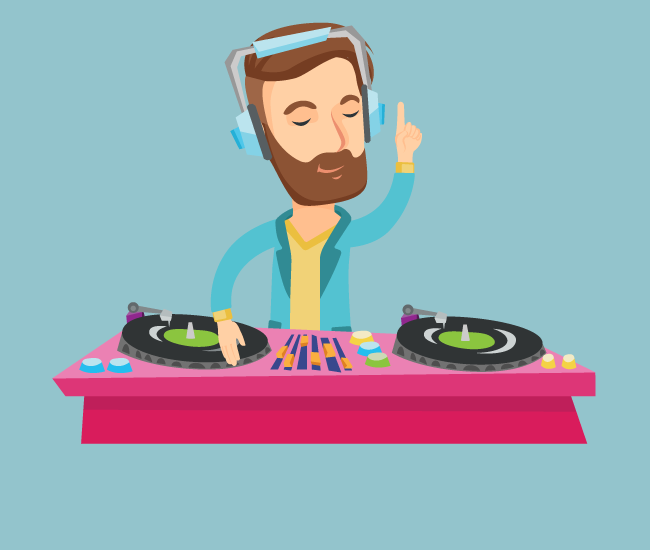There has been a lot of talk about how doing CPR to the 100 beat-per-minute song Stayin’ Alive by the Bee Gees was the way to go. It has the proper number of beats per minute, and can potentially keep you on pace correctly. Another song that fits the mold, albeit a morbid one, would be Another One Bites the Dust by Queen.
There has been other research, meanwhile, indicated that a childrens’ song called “Nellie the Elephant” was better. I have never heard of that song, so I’m not sure how many would think of it and be able to apply that if they were in a position where they needed to do CPR.
New research has been conducted at the Malcolm Woollard of Coventry University in Britain, where they conducted an experiment with 74 delegates attending an Australian College of Ambulance Professionals conference in New Zealand. The delegates had volunteered to perform CPR on a training dummy.
Using a song called Disco Science by Mirwais, 82 percent of the volunteers were able to maintain compressions within the optimal range of 100 to 120 per minute. This is contrasted with Achy Breaky Heart by Billy Ray Cyrus, which had only 64 percent of volunteers maintaining the the optimal compression range.
The researchers found, however, that more than a third of compressions were too shallow, regardless of the music, and at least half of the volunteers did not position their hands correctly. “When considering the combined importance of correct depth and rate, the authors are unconvinced that music provides any benefit in improving the quality of CPR compared with a metronome or audible feedback, suggesting that this interesting but unproductive area of resuscitation research should be discontinued,” they wrote. Sounds like they need better training with close-up views of CPR done correctly.
The research has been reported in the Emergency Medicine Journal.
–via


Comments
Hah! I am going to be cracking up thinking about this during the next code in the MICU I work in and no one will know why…
The study was performed using volunteers that were pulled out near an ambulance operator convention. The way it was written it appeared that many of the volunteers were professional rescuers.
I think that the study is missing an important part of using music in a lay rescuer. A lay rescuer is unlikely to have to do CPR. It is far easier for them to remember the beat of staying alive than it is to remember what 100 per minute feels like.